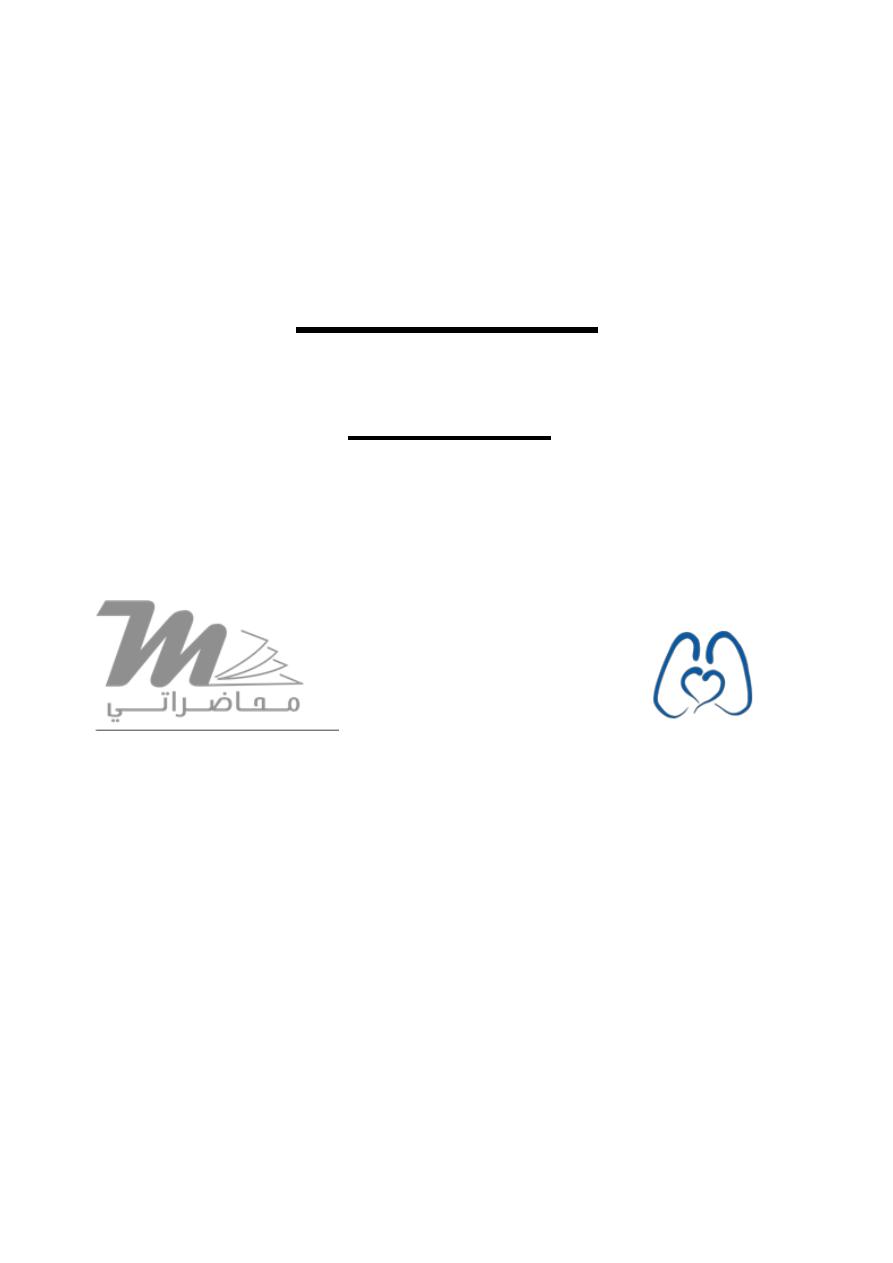
Cardiology
Dr. Waleed
Surgery
“
The Chest
”
Dr.Waleed
Lecture
#1
Total Lec: 29

Dr.Waleed
lecture: 1
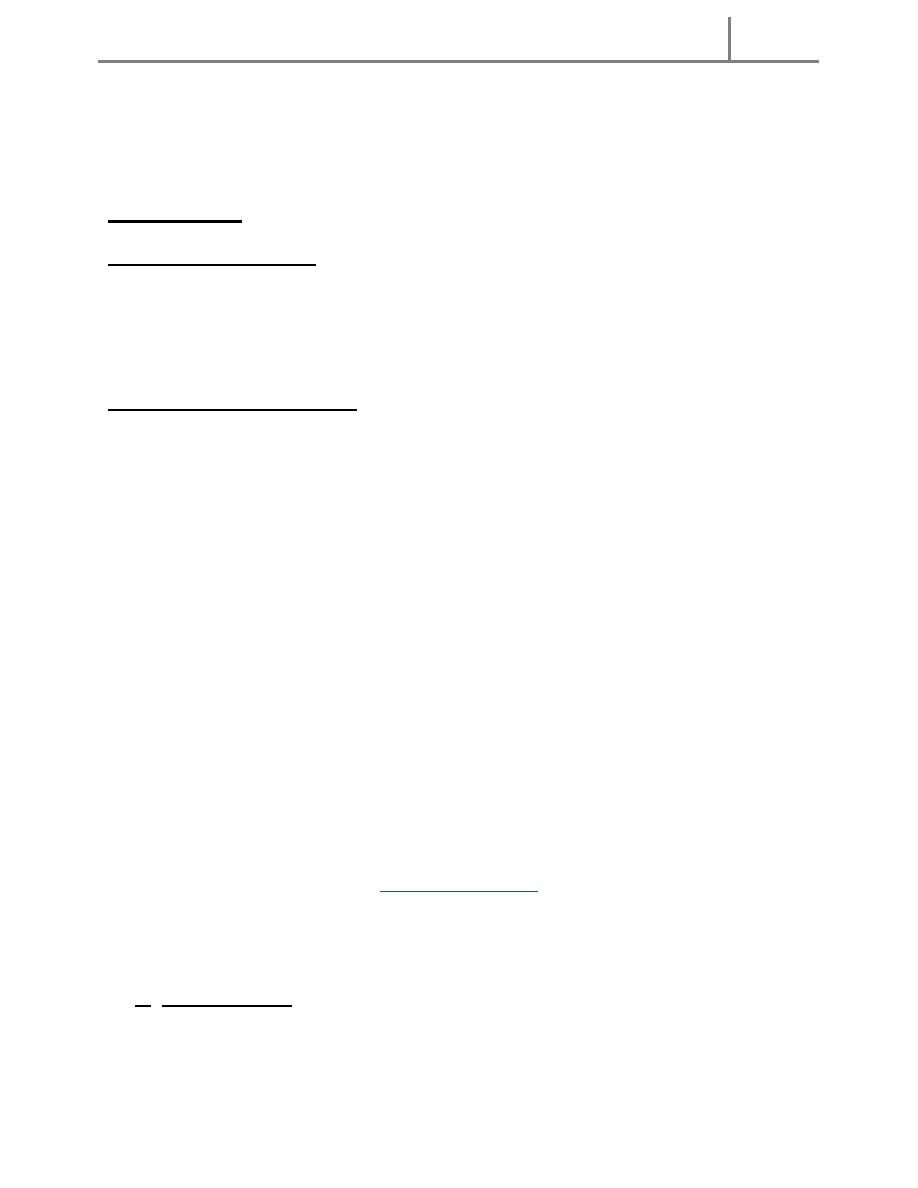
The chest
2016
3
THE CHEST
Anatomy:
The respiratory system
consists of the nose, nasal passage, nasopharynx, larynx, trachea, bronchi & lungs.
The chest wall is covered by pectoralis muscle anteriorly while posteriorly both
(Latissmusdorsi and serratus muscle) are encountered
There are (12) pairs of ribs:
Seven of which are termed (True Ribs) as the cartilages articulate with the
sternum.
The lower five ribs are termed (False Ribs) which are not connected
directly to the sternum.
The eleventh and the twelfth ribs are termed (Floating Ribs) because they
are not attached anteriorly.
The
sternum is divided into the Manubrium, Body and xiphoid. The
clavicle articulates with the sternum and 1
st
costal cartilage.
Muscles associated with the intercostals space are: the external intercostals,
internal intercostals and transversus thoracic muscles.
There are (11) intercostal spaces containing a vein, an artery and a nerve
which course along the lower edge of each rib.
THE PLEURA
is a fibro elastic membrane lines by squamous epithelial cells.
It consists of two portions:
1. Parietal pleura:
which lines the thoracic cavity and it is divided into four parts:

The chest
2016
4
a) Costal pleura which lies against the ribs & intercostal muscles.
b) Diaphragmatic pleura which covers the upper surface of the diaphragm.
c) Mediastinal pleura which lies against the mediastinum.
d) Cervical pleura which covers the dome of the thoracic space.
2. Visceral pleura:
which intimately invests the lung.
Costo–phrenic angle is the angle between the costal & diaphragmatic pleura.
Cardio–phrenic angle is the angle between the heart & diaphragmatic pleura.
Inferior pulmonary ligament is the anterior & posterior reflection of the
pleura between the root of the lung & the diaphragmatic surface.
The function of the pleura is to maintain the environment of the pleural
space in which the lung is function.
The bronchial arteries
originate from the aorta or the intercostals arteries.
Pulmonary veins
drain into the left atrium. No bronchial veins.
The lymph nodes
found along the lobar branches are termed (hilar LN). There are also Tracheal and
tracheo-bronchial LN.
Phrenic nerve
located anteriorly while the vagus nerve located posteriorly in the thoracic cavity.
The Trachea:
is a fibro muscular tube (10-12 cm) in length and (13-22 mm) in width. It is
supported laterally and ventrally by (16-22) U-shaped hyaline cartilages. The
trachea originates at the level of the cricoid cartilage down to its bifurcation at the
level of the sternal angle where it divided into right and left main bronchi. The spur
at the bifurcation is termed the (Carina). The right main bronchus is (12-16 mm) in
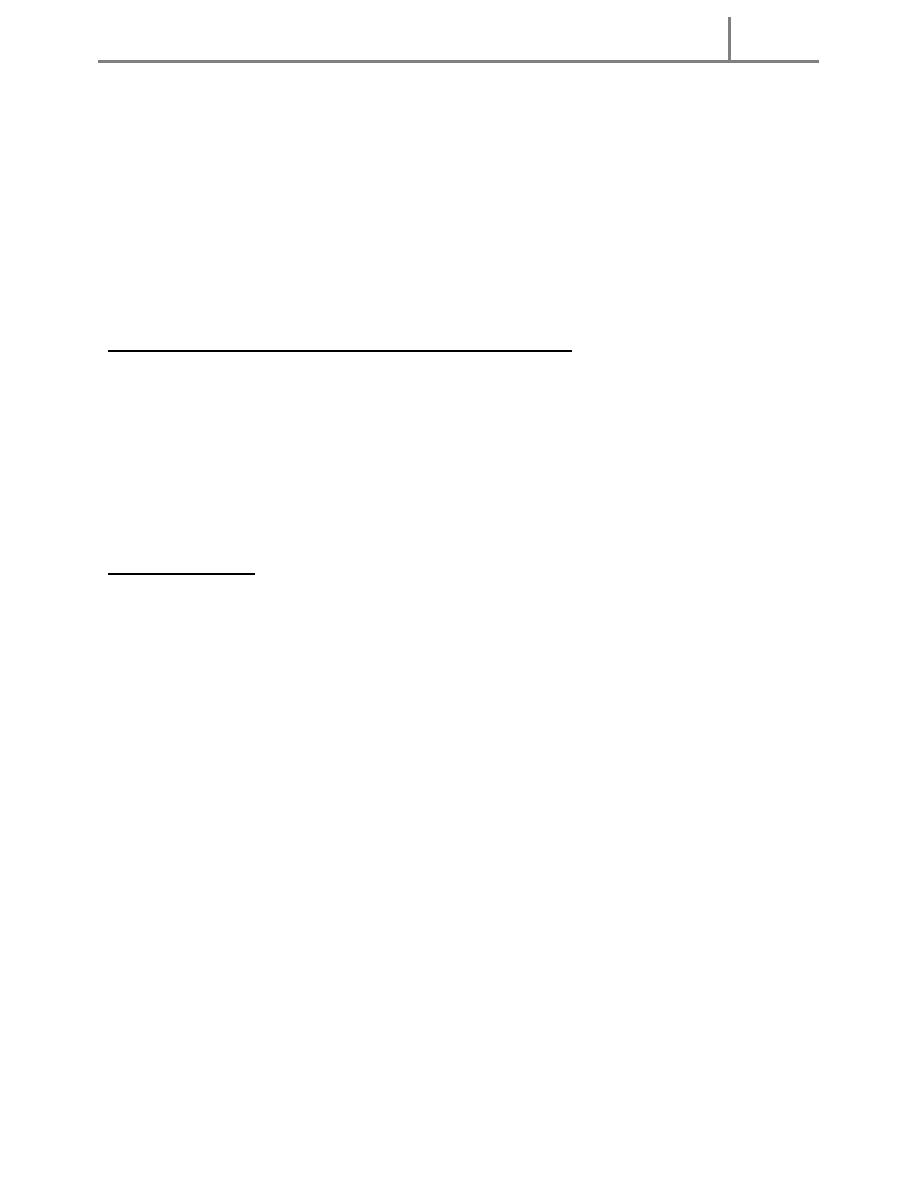
The chest
2016
5
diameter, the left is (10-16 mm) in diameter. The right main bronchus deviates less
from the axis of trachea than the left, this explains why foreign body is more
common in the right main bronchus. The main bronchi are divided into the
segmental bronchi which end into the terminal bronchiole which divided into the
respiratory bronchiole which terminate into the alveoli.
Clinical manifestations of respiratory diseases:
1. Cough
2. Dyspnea or breathlessness, it is an unpleasant subjective awareness of the
sensation of breathing.
3. Chest pain in diseases with pleural or chest wall involvement.
4. Haemoptysis.
Investigations:
1. Chest X-Ray
2. CT chest
3. MRI mediastinum
4. US chest to detect any effusion .
5. Pleural aspiration.
6. Bronchoscopy: flexible or rigid .
Pulmonary Function Tests:
1. Tidal Volume (TV): is the amount of air inspired or expired per single breath.
2. Functional residual Capacity (FRC):
The amount of gas contained in the lung at the end of quiet expiration.
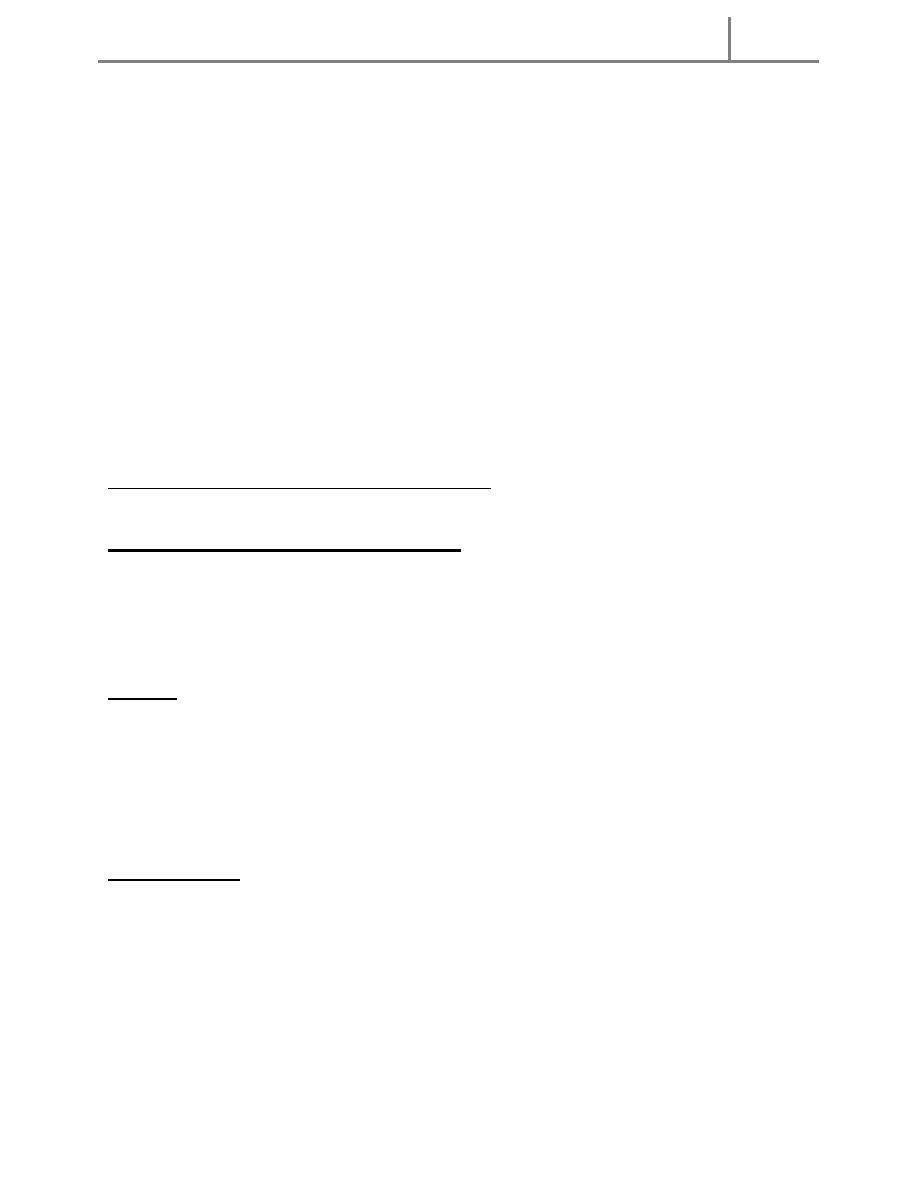
The chest
2016
6
3. Inspiratory reserve volume:
It is reached when the patient makes a maximum inspiration and increased the lung
volume, compared with that contained at the peak tidal volume.
4. Vital capacity:
The volume expired from maximal inspiration to maximal expiration.
5. Residual volume:
It is the amount of air remaining in the lung after maximal expiration.
6. FEV1: is the volume of air expired in one second.
Diseases of the pleura
:
1) Spontaneous pneumothorax:
It is the accumulation of air inside the pleural cavity, occurring without any
known etiology.
It is more in males, more on the right side. It can be bilateral
Causes:
1. Ruptured pulmonary bleb.
2. Ruptured of a cystic defect in the pleura.
3. Teared visceral pleura.
4. No cause can be demonstrated in (15-20%).
Complications:
1. Pleural effusion.
2. Empyema.
3. Tension pneumothorax which leads to mediastinal shift & circulatory collapse.
4. Respiratory failure in elderly patient with COAD.
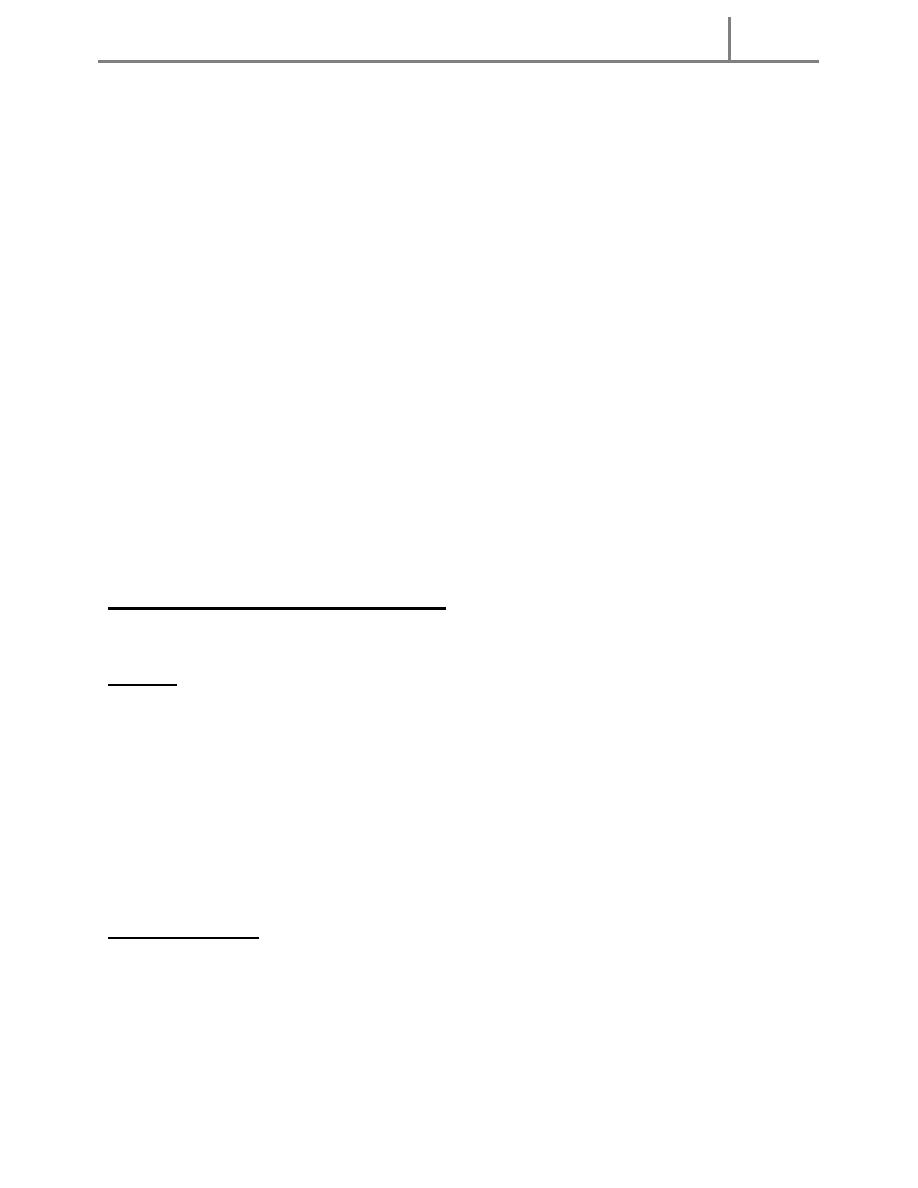
The chest
2016
7
Treatment:
1. Bed rest, O
2
administration and observation (in limited pneumothorax).
2. Aspiration
3. Chest tube (thoracostomy tube or ICD intercostal drain) in a SAFETY
TRIANGLE which is bounded by pectoralis muscle anteriorly &lattismus muscle
posteriorly and the superior border of the nipple, in the fifth intercostal space just
anterior to the mid axillary line to avoid the long thoracic nerve.
4. Bronchoscopy is indicated if the lung fails to expand.
5. Chemical pleurodesis by injecting sclerosing agent as tetracycline.
6. Surgery: pleurectomy by thoracotomy or thoracoscopically if the lung fails to re-
expand.
2) Spontaneous haemothorax:
Is the presence of blood inside the pleural cavity.
Causes:
1. Pulmonary causes: TB, AV malformation.
2. Pleural causes: torn vascular adhesion.
3. Pulmonary malignancy: primary or metastatic.
4. Blood dyscrasia: hemophilia.
5. Abdominal pathology: haemoperitoneum.
6. Thoracic causes: ruptured great vessels.
Clinical features:
♪ Dyspnea, chest pain, syncope,
♪ Signs of hypovolaemic shock,
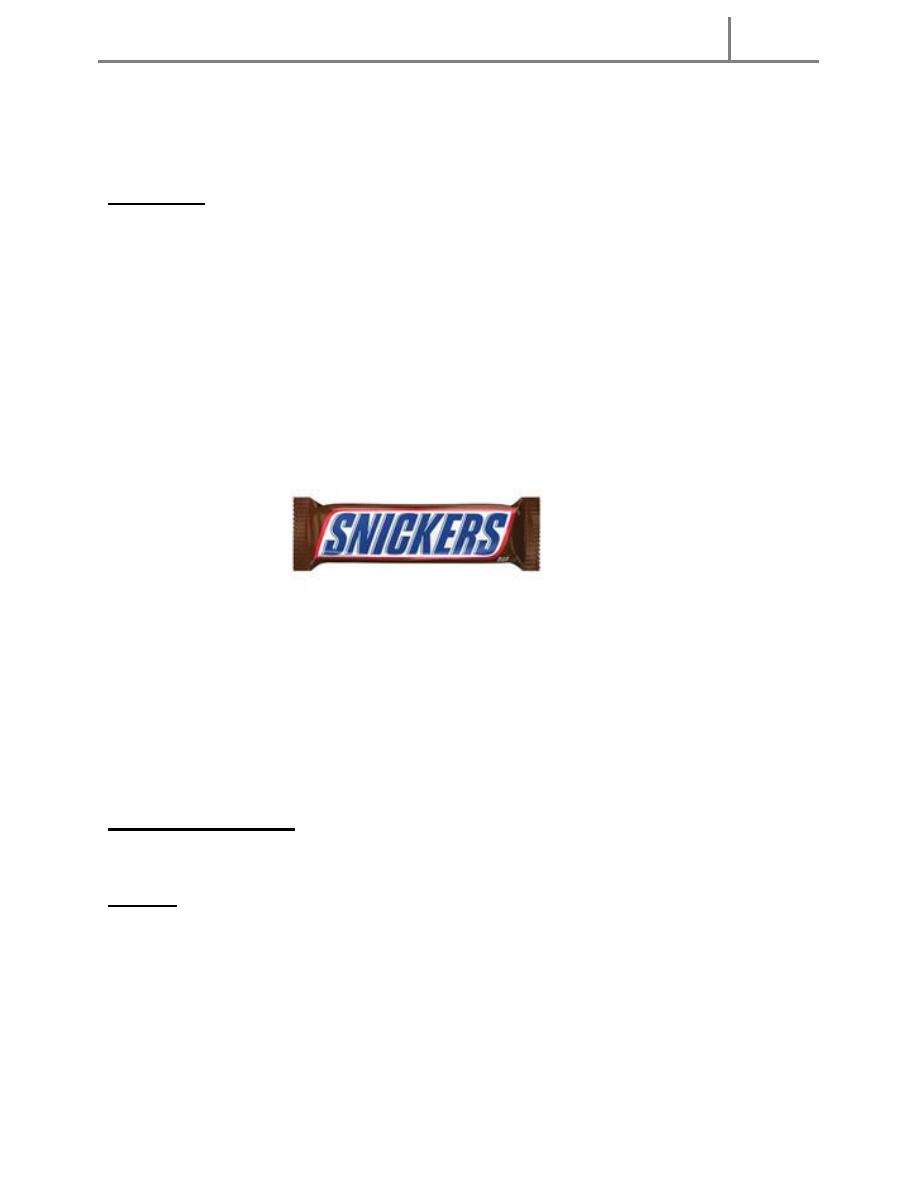
The chest
2016
8
♪ Blood inside the pleural cavity may leads to deposition of fibrin on the
pleural surface leading to fibrosis (trapped lung syndrome).
Treatment:
1. Resuscitation
2. Tube thoracostomy
3. May needs thoracotomy if excessive bleeding:
- initial bleeding more than 1.5 liter
- Or continuous bleeding more than 200 ml/hour for more than 4 hours
اخذولكم سنكرز والتوكفون
المحاظرة
D:
3) Chylo-thorax:
It is the presence of lymph in the pleural space.
Causes:
1. Congenital: atresia of the thoracic duct, birth trauma.
2. Traumatic.
3. Neoplastic: malignancy.
4. Infection: TB
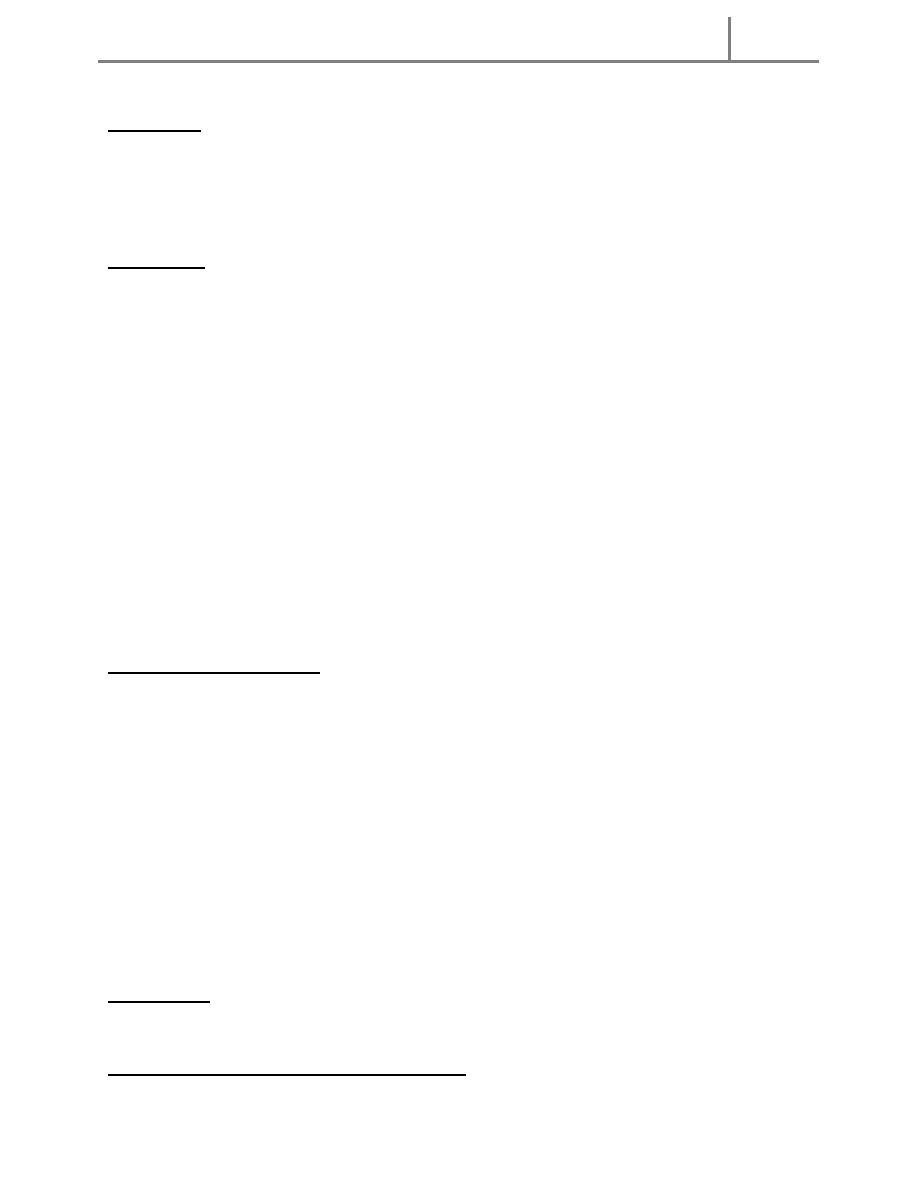
The chest
2016
9
Diagnosis:
Milky pleural effusion that does not clot and contains fat , fat soluble vitamins &
antibodies.
Treatment:
1. Conservative:
consists of insertion of tube thoracostomy to drain the effusion, correction of
the fluid and electrolytes with nutritional supplement.
2. Surgery:
consists of ligation of the thoracic duct if the effusion continues for more
than two weeks.
كمل كمل التصفن
4-Pleural effusion:
Is the accumulation of fluid in the pleural space, excessive transudation or
exudation of the interstitial fluid from the pleural surface. It is sign for
pleural or systemic disease.
Its effect depends on its size (mild, moderate or massive) & the state of the
underlying lung.
It is classified as transudate when the protein content is less than 3gm % or
exudates when protein content is more than 3gm %. Transudate as in CHF.
Exudate as in malignancy
oClinically:
patients will present with dyspnea &pleuritic chest pain.
oRadio logically: concave meniscus sign.

The chest
2016
10
oTreatment:
1. Aspiration (thoracentesis).
2. Tube thoracostomy.
3. Chemical pleurodesis.
4. Pleuectomy to remove the pleura to stop the effusion.
5-Empyaema:
Is the accumulation of pus in the pleural space, it passes into three stages
1. Acute phase with the clinical manifestation of fever & toxicity.
2. Transitional phase with the increased turbidity of the fluid & decrease the size of
the lung.
3. Chronic phase with the pleural thickening, decrease amount of the fluid & the
development of the trapped lung syndrome.
TUBE THORACOSTOMY: (V. V. V. IMP.)
Tube thoracostomyor Chest Tube or ICD (Intercostal drain): is a flexible hollow
plastic tube that is inserted through the chest wall into the pleural space and
connected to a bedside drainage container.
Indications:
1. Pnemothorax.
2. Pleural Effusion: this effusion may be:
a) Empyema.
b) Hemothorax: traumatic or malignant effusion.
3. Hydrothorax.
4. Chylothorax.

The chest
2016
11
5. Thoracic operation (tube thoracostomy without trocar) on the lung, or
mediastinum or the esophagus.
6. Postoperative (collection or infected space).
7. Malignant effusion drainage and giving medication through it.
Contraindications:
1.
Refractory coagulopathy.
2.
Lack of cooperation by the patient.
3.
Diaphragmatic Hernia.
4.
Lobar Emphysema.
5.
Surgical Emphysema without underlying pneumothorax.
Technique:
oLA or GA
oSurgical Set
oThe tube may be inserted in the Emergency Deptartment, ICU, Operating
Room or General Hospital Room.
oSize:
infantile, pediatric, adult (8 FG - 40 FG).
Roughly: the size of adult index finger.
oSites: Safe zone
(which is bounded by pectoralis muscle anteriorly &lattismus muscle posteriorly
and the superior border of the nipple, in the fifth intercostal space just anterior to
the mid axillary line to avoid the long thoracic nerve).
The free end of the tube: underwater seal below the level of the chest
Chest radiograph to be taken to check the location of the drain.
The tube stays in for as long as there is air or fluid.
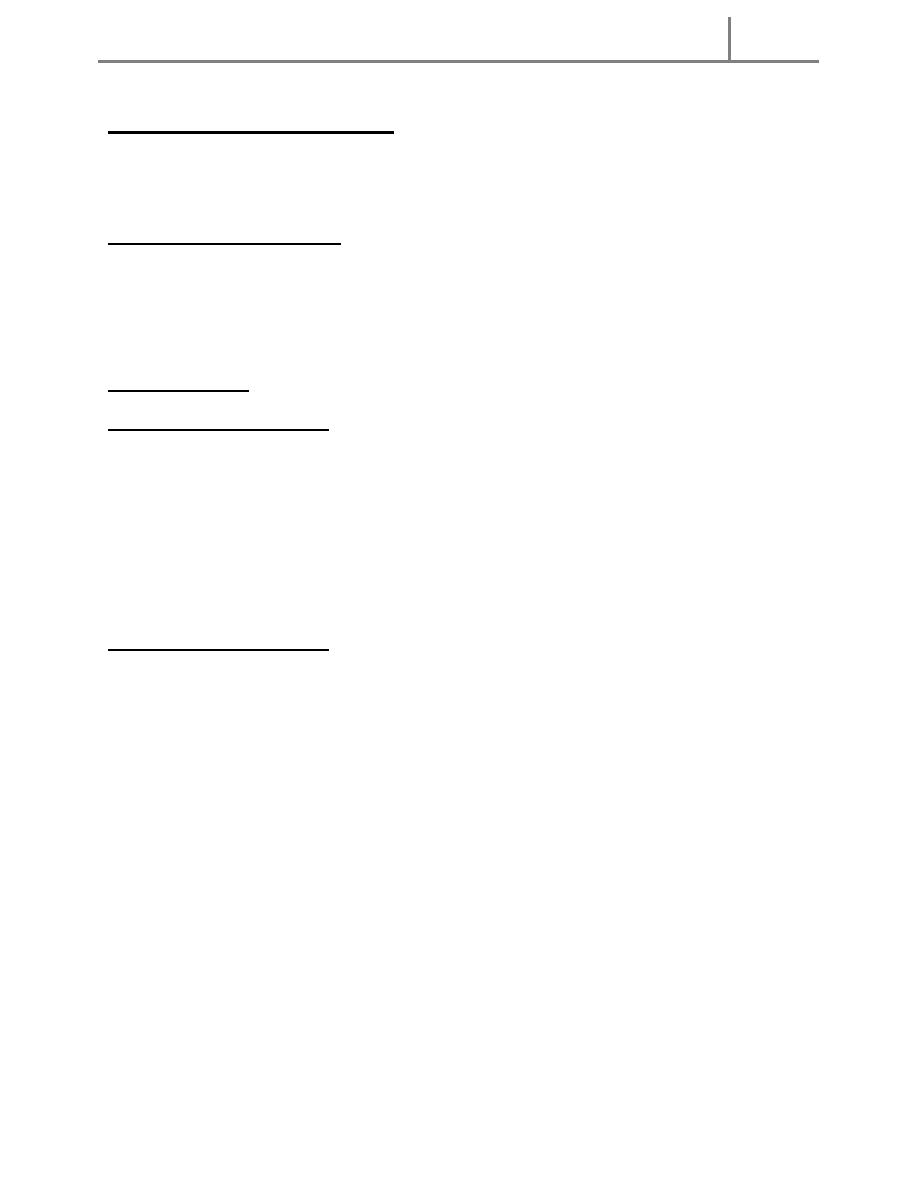
The chest
2016
12
How long is a chest tube used?
The tube remains in place until the lung is re-expand or the fluid is drained.
Occasionally the patient requires more than one chest tube.
Indications for Removal:
Clinical.
Mechanical.
Radiological
Complications:
1.
Minor Complications:
Severe pain during placement.
Subcutaneous hematoma or seroma.
Anxiety.
Shortness of breath (Dyspnea).
Cough (Rapid drainage of fluid).
2.
Major Complications:
Hemorrhage: haemothorax or haemoptysis.
Infection.
Re-expansion pulmonary edema.
Injury to the liver, spleen, diaphragm.
Injury to the thoracic aorta & the heart.

The chest
2016
13
Two important questions:
Q1: Enumerate the indications of chest tube.
Q2: Write an assay about chest tube. (The answer should include, the
definition, indications, contraindications, technique, duration of use, removal,
complications)
Done by: Hussein Sadun Al-Nuaimy
SPECIAL THANKS TO :SALLY SAAEED
